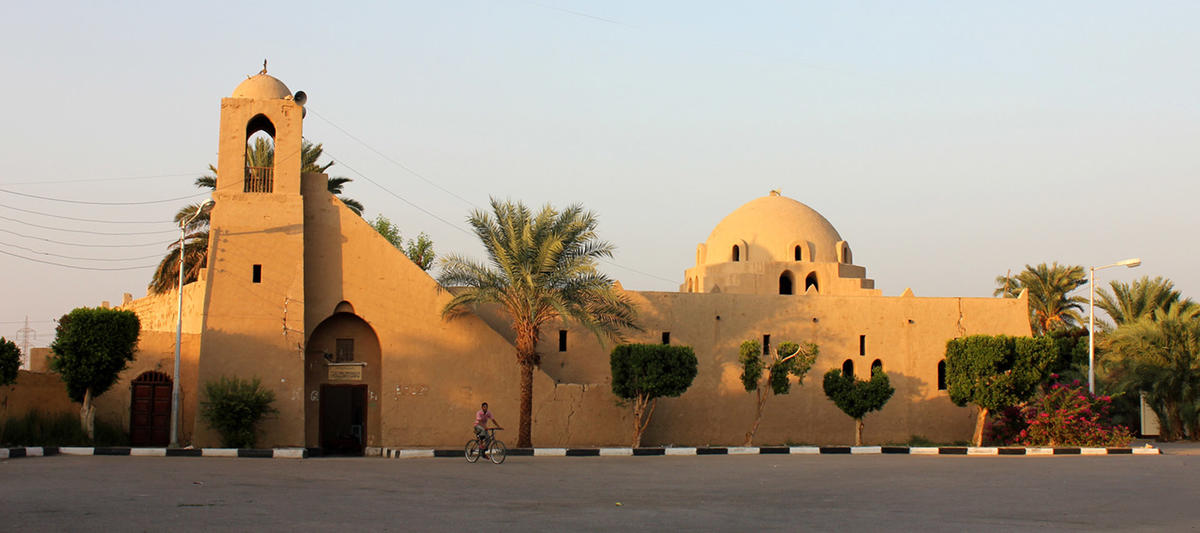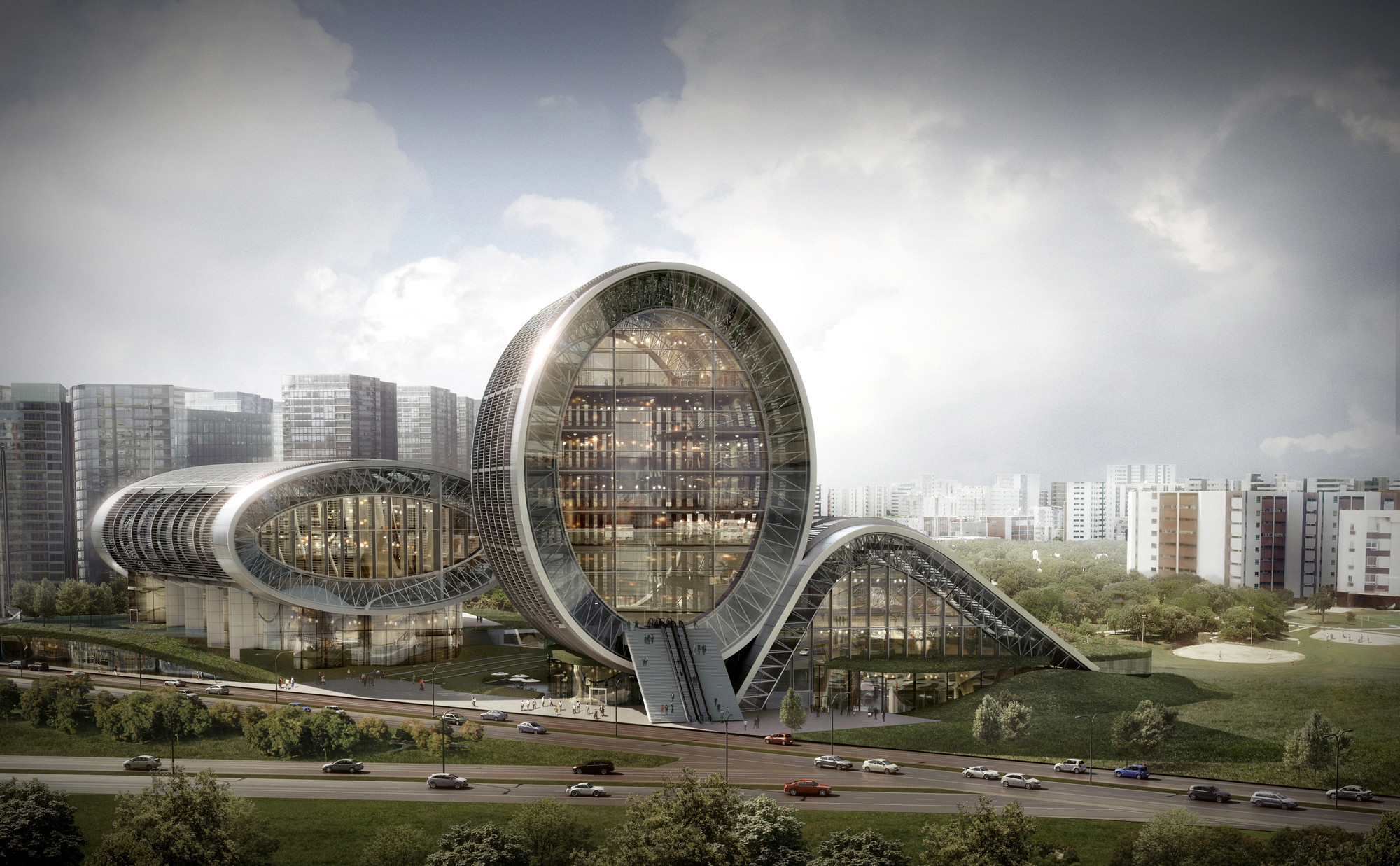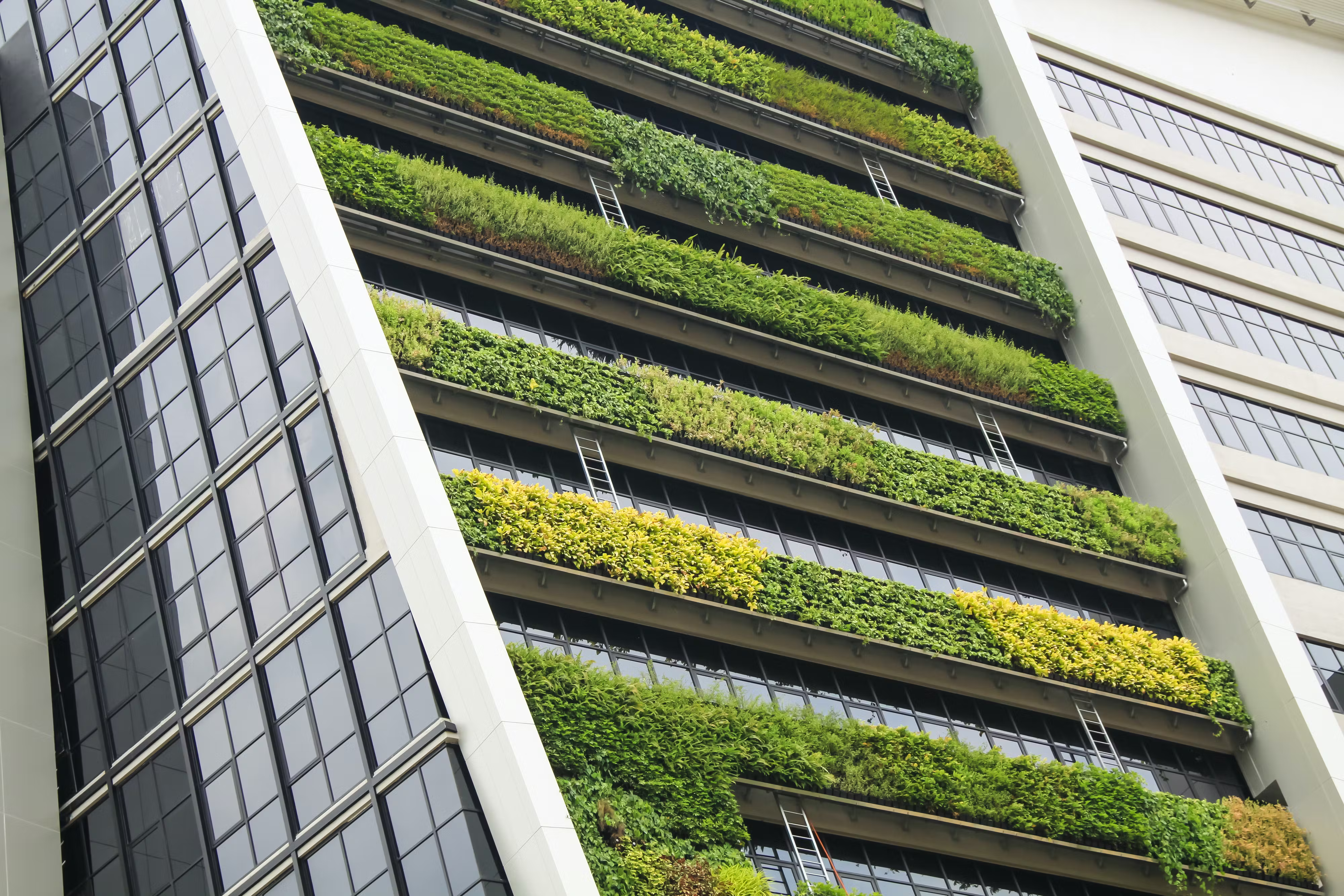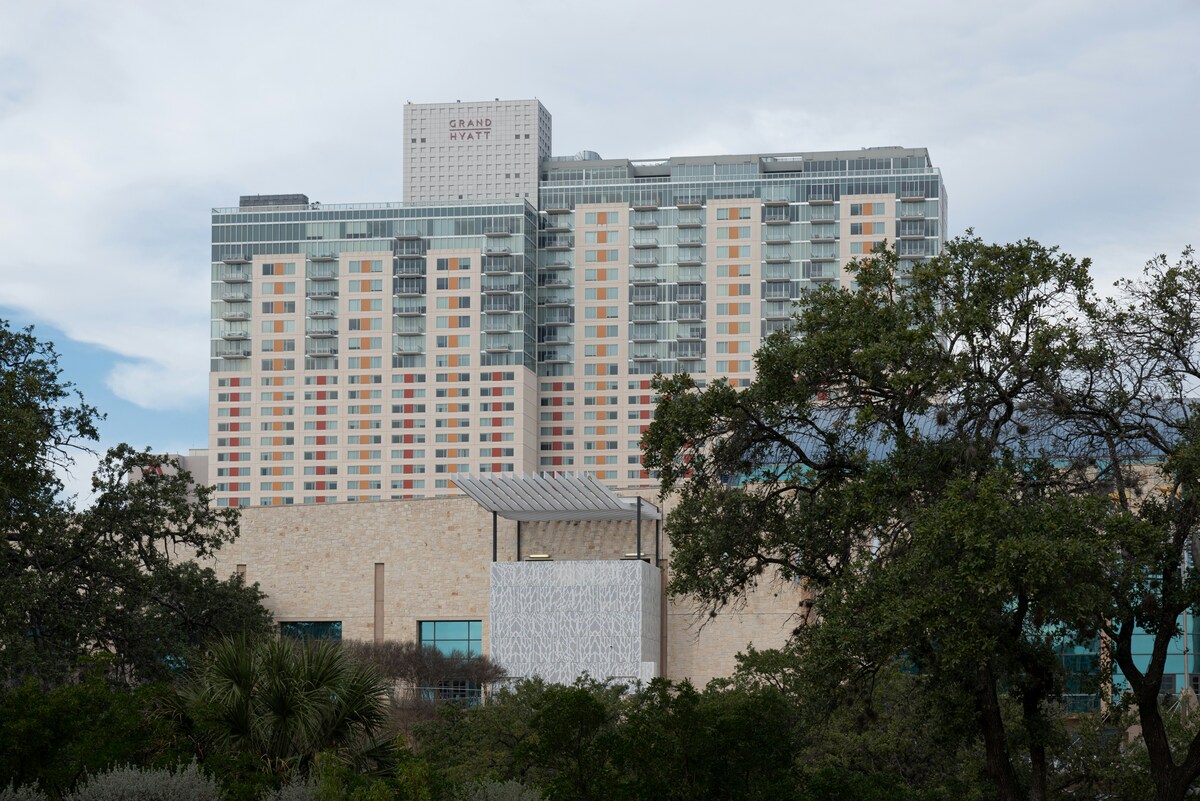- Home
- Articles
- Architectural Portfolio
- Architectral Presentation
- Inspirational Stories
- Architecture News
- Visualization
- BIM Industry
- Facade Design
- Parametric Design
- Career
- Landscape Architecture
- Construction
- Artificial Intelligence
- Sketching
- Design Softwares
- Diagrams
- Writing
- Architectural Tips
- Sustainability
- Courses
- Concept
- Technology
- History & Heritage
- Future of Architecture
- Guides & How-To
- Art & Culture
- Projects
- Interior Design
- Competitions
- Jobs
- Store
- Tools
- More
- Home
- Articles
- Architectural Portfolio
- Architectral Presentation
- Inspirational Stories
- Architecture News
- Visualization
- BIM Industry
- Facade Design
- Parametric Design
- Career
- Landscape Architecture
- Construction
- Artificial Intelligence
- Sketching
- Design Softwares
- Diagrams
- Writing
- Architectural Tips
- Sustainability
- Courses
- Concept
- Technology
- History & Heritage
- Future of Architecture
- Guides & How-To
- Art & Culture
- Projects
- Interior Design
- Competitions
- Jobs
- Store
- Tools
- More
The Rise of Contemporary Vernacular Architecture

In the past few decades, we have seen the return of an exciting trend: the resurgence of vernacular architecture. Rooted in the cultural and environmental context, vernacular architecture employs local building techniques and materials, responding to the surrounding climate and landscape with an intimate understanding. This architectural approach has recently been reinterpreted and transformed through the lens of contemporary design, offering new ways to consider the symbiotic relationship between culture, environment, and building.
As we move further into the 21st century, architecture faces the dual challenge of reducing environmental impact while creating buildings that resonate with their local contexts. This is where the concept of contemporary vernacular architecture comes into play. Originating from the Latin term ‘vernaculus,’ meaning domestic, native, or indigenous, vernacular architecture is the embodiment of local resources, cultural traditions, and climate considerations. It’s about buildings made by the people, for the people. This architectural approach, which has been practiced since the dawn of human civilization, is currently experiencing a resurgence, with architects worldwide incorporating its principles to create structures that are both modern and deeply rooted in place and culture. This rising trend, in essence, is the fusion of old and new, local and global, traditional and innovative – reshaping our built environment and offering a promising path to sustainability and cultural preservation.
Vernacular Meets Modernity
Vernacular architecture often appears as an antidote to the increasing uniformity of global architecture, resulting from mass-produced building materials and a dominant western architectural aesthetic. Contemporary vernacular architecture merges this traditional knowledge with modern design principles, technology, and sustainable practices, leading to structures that respect their environment and reflect local traditions.
Contemporary Vernacular Examples
- Hassan Fathy’s New Gourna Village, Egypt – Hassan Fathy is widely recognized for his efforts to integrate traditional Nubian building techniques with modern architectural design. The New Gourna Village in Luxor, Egypt, uses traditional mud brick construction, an indigenous technique, that helps to keep the interiors cool in the harsh desert climate.

Credit: New Gourna Village | World Monuments Fund (wmf.org) - B.V. Doshi’s Sangath Architect’s Studio, India – Reflecting the traditions of his home country, India, Doshi’s architecture combines a modern aesthetic with indigenous building techniques. His studio, Sangath, uses vaulted roofs and sunken spaces that mimic the traditional Indian baoli (stepwells), contributing to natural cooling and showcasing a brilliant example of bioclimatic design.

Credit: Sangath Architect’s Studio | Architect Magazine - Rick Joy’s Desert Nomad House, USA – Located in Tucson, Arizona, this modern home takes inspiration from the simple cube forms of indigenous desert architecture. Constructed from rusted steel, the house consists of several cubes scattered in the desert landscape, mirroring the isolation and self-sufficiency of the vernacular desert shelters.

Credit: Desert Nomad House in Tucson, Arizona by|Houses (amazingarchitecture.com) - Vo Trong Nghia’s Wind and Water Café, Vietnam – A testament to the versatility of bamboo, an abundant local material in Vietnam, this open-air café uses bamboo in its most natural form. Designed as a self-supporting dome-shaped structure, it employs passive design strategies to keep the space naturally ventilated, highlighting the harmony between local resources, traditional building techniques, and modern design.

Credit:wNw Cafe / VTN Architects | ArchDaily
The Future of Contemporary Vernacular Architecture
These examples show that contemporary vernacular architecture is not a revivalist movement, seeking to preserve past traditions in their original form. Instead, it is a forward-looking approach that seeks to redefine architecture’s relationship with culture and nature. It takes cues from the past, but with the understanding that this knowledge can be updated and improved using modern technologies and design principles.
By incorporating local materials and traditional building techniques, these designs provide sustainable solutions, promote local economies, and contribute to preserving cultural identities. In a world grappling with the environmental crisis and cultural homogenization, contemporary vernacular architecture offers a potential path towards a more sustainable and culturally diverse architectural future.
As we continue to face global challenges, from climate change to rapid urbanization, the principles of vernacular architecture – local material use, passive design techniques, and a focus on cultural relevance – may provide valuable insights for building in harmony with our environment and preserving our cultural heritage. In this context, the rise of contemporary vernacular architecture is not just a trend; it is a necessary evolution in the practice of architecture.

Submit your architectural projects
Follow these steps for submission your project. Submission FormLatest Posts
Tips for Using Runners to Transform Hallways and Spaces
Hallways work hard. They handle daily foot traffic, muddy shoes, and the...
Essential Architecture Tools in 2026: Software, AI, and Physical Equipment
Architecture in 2026 demands more than design talent alone. From BIM and...
Light of Tomorrow by VELUX 2026
This competition encourages architects to design visionary spaces where natural light drives...
Top 10 Online Platforms to Find Apartments for Rent in San Antonio
San Antonio, Texas, with its vibrant culture, historical landmarks, and strong job...











Leave a comment